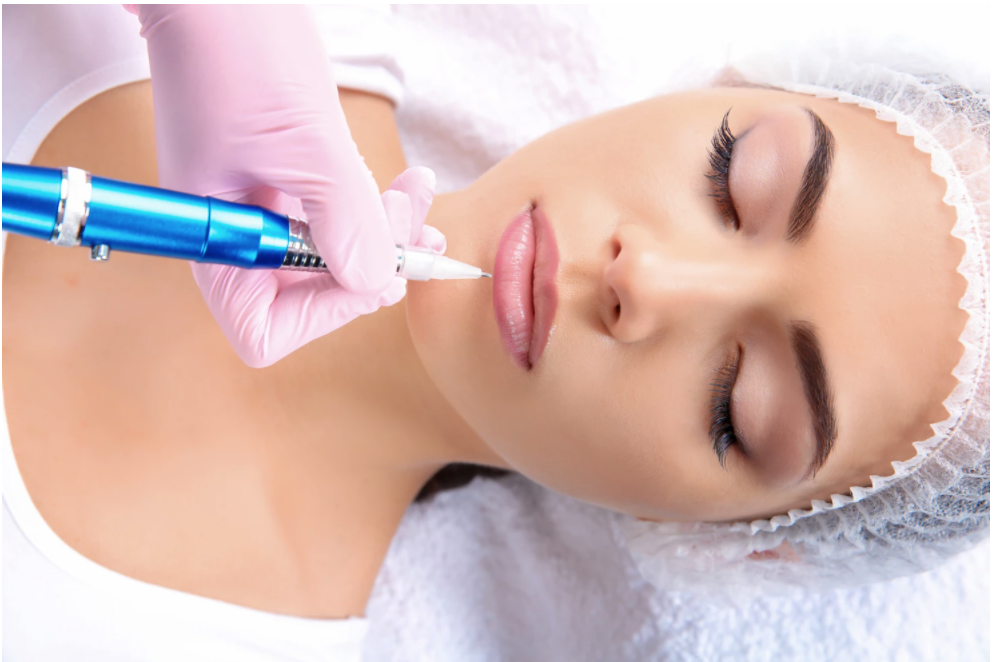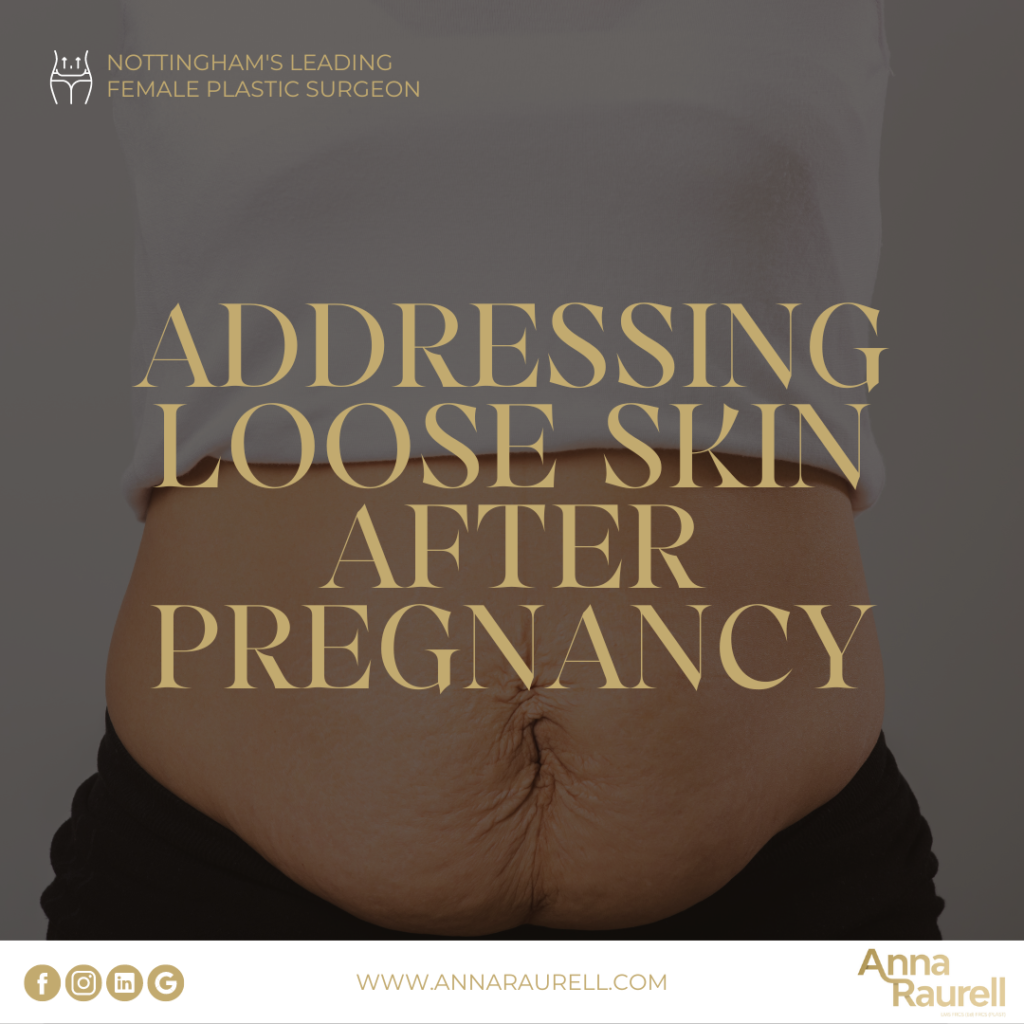
Lipo has become an increasingly popular cosmetic surgery around the world.
Ever had stubborn pockets of fat that you cannot get rid of through diet and exercise? Then Lipo could be for you!
The most common areas for the procedure is the abdomen, hips, buttocks, thighs, back, arms and even under the chin to improve their shape. In this blog, we discuss all the things you need to know.
Who is a good candidate?
If you have achieved your desired weight and are usually active but cannot manage to get rid of certain areas of accumulation of fat. Lipo is a surgical procedure, and with it comes risks, our job is to ensure that you are in good health before you get it done.
Things you should know beforehand
The first step is to have a consultation with me or another surgeon. In this appointment, we will discuss your goals, options, risks and benefits, and the costs. We always recommend writing down all the questions you have before you arrive as some patients tend to forget and would prefer you to walk away from your appointment knowing everything you can about the procedure.
If you decide to go ahead with liposuction then we will give you instructions on how to prepare for it. Please note that these may include diet and alcohol restrictions.
We will need to know about any allergies you may have you have and also any medications you take, including over-the-counter and herbal supplements because these are important to know as we may need to reduce your dosage a few weeks prior to surgery.

Where will the procedure take place?
Your lipo may take place at either the Nuffield Hospital in Derby or the BMI The Park Hospital in Nottingham, the choice is yours. Both hospitals are fully accredited, they are known for their professional standards, safety and good results.
You’ll go home the day of the procedure. Make sure to have someone drive you home afterwards.
Before your lipo starts, marks will be made on the areas of your body that will be treated. We will also take photos to use later for before-and-after comparisons.
Next, you’ll get general anaesthesia – this means you will not be awake during the procedure – or a “local,” which means you will be awake but not feel any pain.
Types of Lipo
There are just a few different lipo techniques. But what they all have in common is the use of a thin tube, called a cannula, connected to a vacuum to suction the fat from your body.
- Tumescent liposuction This is the most common type of liposuction. The surgeon injects a sterile solution — a mixture of salty water, which aids fat removal, an anaesthetic (lidocaine) to relieve pain and a drug (epinephrine) that causes the blood vessels to constrict — into the area that’s being treated. The fluid mixture causes the affected area to swell and stiffen. Small cuts are made near the areas to be treated and a thin hollow tube is placed under your skin. The cannula is connected to a vacuum that suctions fat and fluids from your body. Your body fluid may be replenished through an intravenous (IV) line.
- Ultrasound-assisted liposuction (UAL) This type of liposuction is sometimes used in conjunction with traditional liposuction. During UAL, the surgeon inserts a metal rod that emits ultrasonic energy under your skin. This ruptures the fat cell walls and breaks down the fat for easier removal. A new generation of UAL called VASER-assisted liposuction uses a device that may improve skin contouring and reduce the chance of skin injuries.
- Laser-assisted liposuction (LAL) This technique uses high-intensity laser light to break down fat for removal. During LAL, the surgeon inserts a laser fibre through a small incision in the skin and emulsifies fat deposits. The fat is then removed via a cannula.
- Power-assisted liposuction (PAL). This type of liposuction uses a cannula that moves in a rapid back-and-forth motion. This vibration allows the surgeon to pull out tough fat more easily and faster. PAL may sometimes cause less pain and swelling and can allow the surgeon to remove fat with more precision.
How long will my recovery be?
You might not have to stay in the hospital depending on the type of surgery you had. But you should expect bruising, swelling, and soreness for at least a few weeks.
you will be asked to wear a compression garment for 1 to 2 months after surgery to control swelling. You can take a look at some options of styles here: www.medasun.co.uk or https://www.macom-medical.com.

Most people can return to work within a few days and get back to normal activities within 2 weeks. But every person is different.
These are some great questions to ask me in your consultation:
- What medications will I need to take?
- Will I wear bandages?
- Will I have stitches and when will they be removed?
- When can I exercise again?
- Do I need to come back for a follow-up visit?
So what are the risks?
As with all surgery, there are some risks. However, you can help reduce them by making sure it is done only by a specially trained, board-certified cosmetic surgeon.
There are several possible risks directly related to liposuction that you still have to consider, including:
- Small lumpy scars
- Bleeding
- Complications from anaesthesia
- Shock (usually from not getting enough fluid during surgery)
- Fluid accumulation (pockets of fluid forming under the skin)
- Infections
- Fat embolism (when tiny pieces of fat break away and block blood flow)
- Burns from instruments
- Uneven fat removal/lumpiness
- Reactions to lidocaine
- Altered skin sensation (numbness or hypersensitivity)
- Very rare, but also it has been described: Damage to large nerves, blood vessels, muscles, lungs and abdominal organs
- Blood clots in your deep veins. Clots can be very dangerous if they travel to other parts of your body, such as your lungs.
Will the results permanent?
The fat cells are removed permanently during lipo. But you can gain the weight back, with new fat cells, which usually go to different areas of your body.
To keep your new shape after surgery, follow a diet that includes lots of fruit and vegetables, lean protein, whole grains, and low-fat dairy and we always recommend to exercise regularly.
This article is intended to inform and give insight but not treat, diagnose or replace the advice of a doctor. Always seek medical advice with any questions regarding a medical condition.






